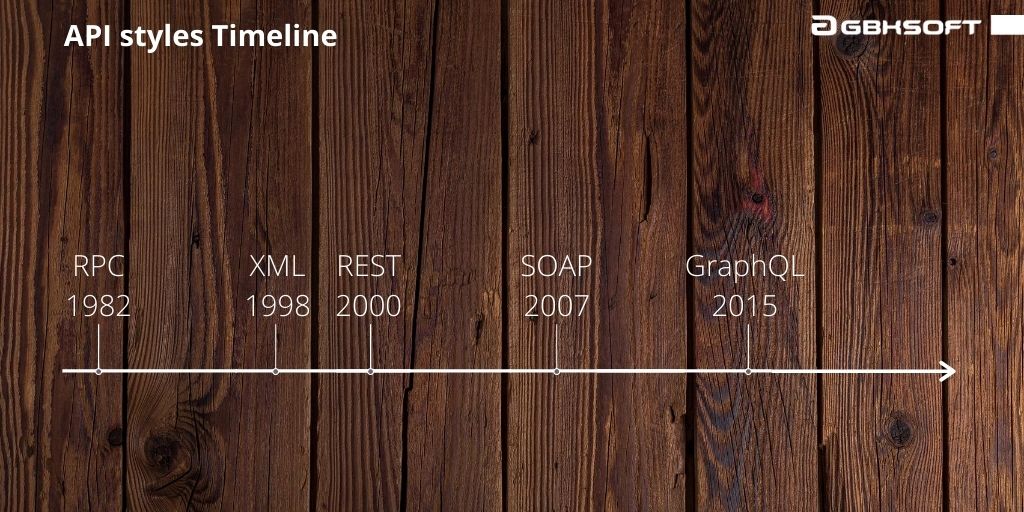Table of Contents
API is a coordinated protocol for exchanging the information between 2 independent processes of system or between 2 different systems.
There is one real-life example for better understanding. It can be compared to human communication on a common topic. People think differently and can not read these thoughts of each other. Nevertheless, people talk and exchange information with the usage of general sentences, words, punctuation, and grammar. So human voice is a kind of API.
Talking about API there are 2 participants in the process, it needs both:
- provider of information;
- recipient of information.
Consequently, there are 2 ways of API usage:
1. Our potential client has unique and important info and he is ready to exchange this info under the conditions, so we can develop API for this client.
For example, our client is the owner of the weather channel that predicts the most accurate data for the weather. Our task is to develop a suitable interface for showing the weather forecast and some type of API that will be sold to recipients if needed. API architecture depends on systems that mostly receive this info. So it can be RESTful or SOAP API. For higher convenience for any system type of recipients XML and JSON format of data can be used. However, before starting developing, we need to make a research about recipients` systems.
2. Our potential clients have already chosen API and own the system that converts the info he has into understandable type for recipients. Then our solution is to develop the system that converts info into clear type with this API.
For example, the client chose the API that provides currencies and wants to develop a widget for websites to convert these currencies into simple and clear type for recipients. Then we create a suitable design for these currencies, develop a system that gets data from that chosen API, and consequently create an understandable widget. The architecture in this solution is based on the initial architecture of that API. However, if developers of the chosen API agree to change it, we could describe the architecture our client considers to be the most appropriate.
Types of APIs: detailed definition
There are several different types of API for different types of projects and business aims. In this article we would like to emphasize some of them:
#1 RPC
This type of protocol is based on a remote procedure call model. It can make requests from one program to the second program on another device. It is called the caller process and the server process. The caller sends a remote call message and wais for the reply from the server. The interface definition language (IDL) – the specification language used to describe a software component API – is commonly used in Remote Procedure Call software. Main advantages of RPC are:
- call messages are used for the distributed and local environment;
- re-writing and re-coding takes minimal resources;
- communication between client and server;
- provide well-defined interface;
There are three main types of RPC – Callback (nonblocking client/server call), Broadcast (sends call messages to many servers and get consequent replies), and Batch-mode (sends calls to several clients).
#2 SOAP
SOAP stands for Simple Object Access Protocol. This type demands to create XML documents to make calls. SOAP has strict communication between providers and recipients and needs knowledge of everything before this communication. Main advantages of
SOAP is:
- works in distributed enterprise environments;
- built-in ACID compliance to reduce errors;
- official standard;
#3 REST
REST stands for representational state transfer. This type is based on URIs and HTTP protocol so it makes REST simple to build and scale. REST simplifies the interaction between applications and the API. Main pros of REST are:
- easy and quick to build;
- SOAP uses XML for all messages;
- uses smaller message formats like JSON;
- close to web technologies;
Tips on how to choose API for your project
There is much information about diverse types of APIs, their privileges, and detailed description. But there is one question that comes up to mind – how to choose API for your project? We made a shortlist of tips on what you should pay attention to more:
- Features – firstly, you should ask yourself if the API you are going to choose meets all your requirements, similar APIs don’t mean the same processes.
- Documentation – example of the API has to be described in a simple and clear form to know exactly how it really works
- Support team – choosing the API, check the level of support, if the provider is ready to help with diverse troubles and errors that can appear in the process.
- Saving money – it reduces the human resources, so it reduces salary costs, for more details read the article on our blog about main concerns about APIs.
Of course, these are not all details you should mention before starting the developing your app and choosing a suitable API. It depends only on your application, your style, demands, and tastes. Any professional developer can help you with questions and describe all possible solutions.
FAQ
Conclusions
As you see, APIs are very important in the development of your application. It makes the delivery of information more flexible, quicker, and more productive. APIs make many work processes easier as it has a presence on many platforms for a bigger number of sales.
If you want to develop and promote your application, and take your business to a higher level but don’t know how to do it effectively, then contact of developers team that handles all your requirements professionally.





